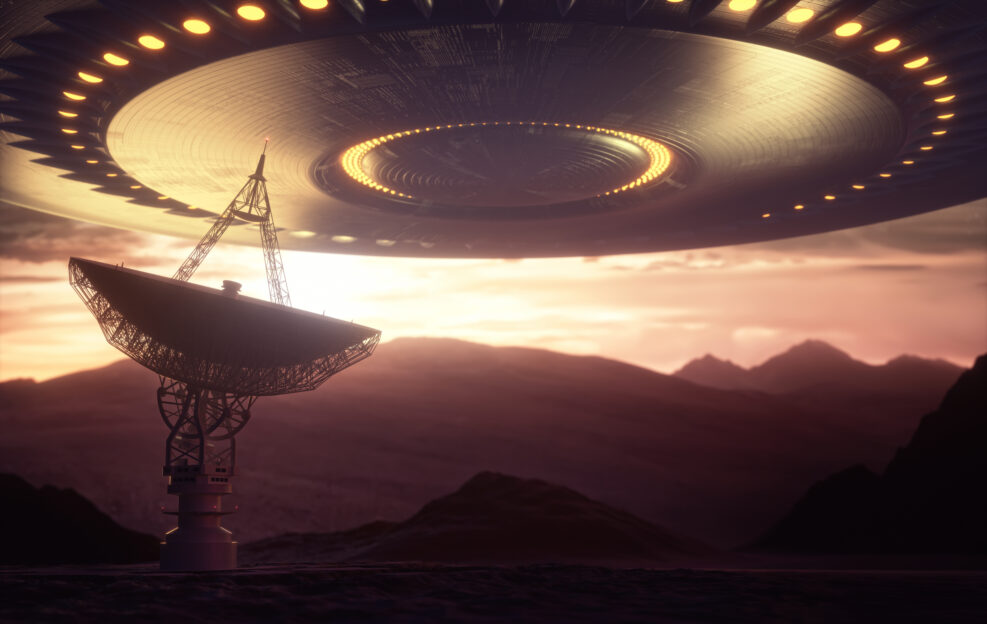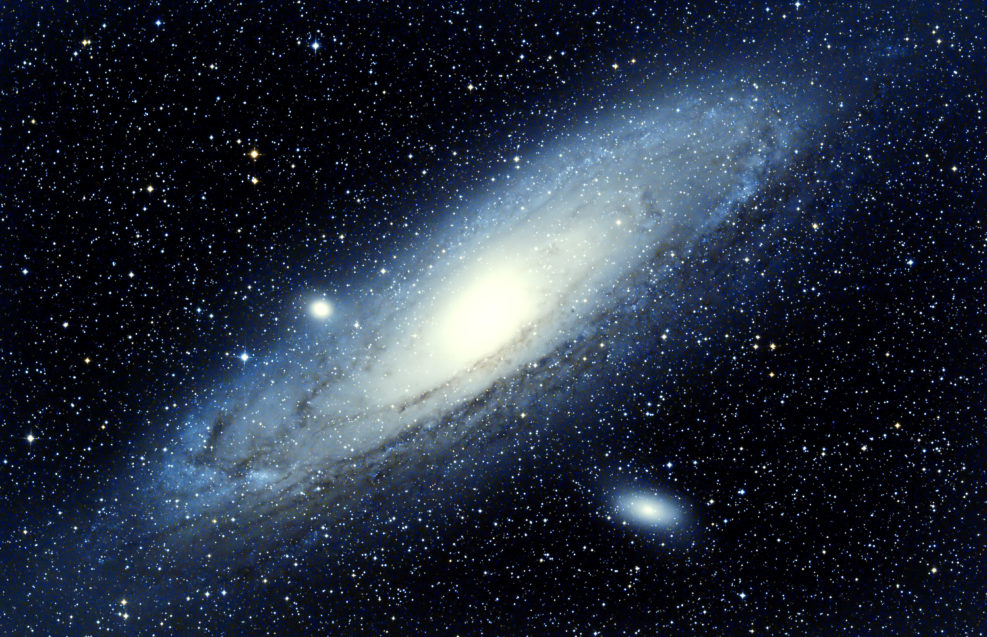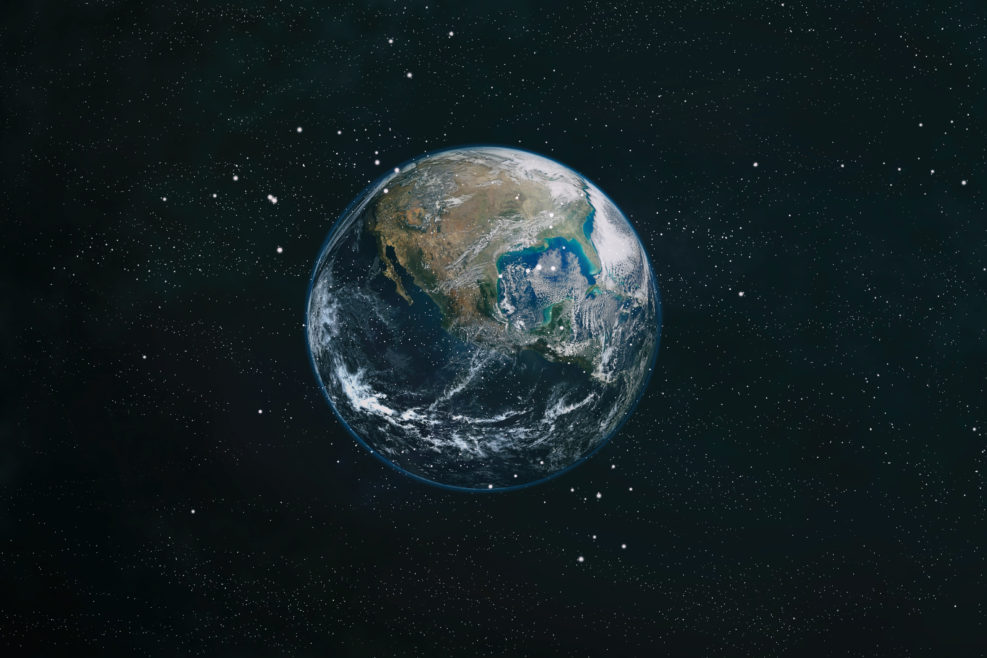
SETI’s Seth Shostak Explains the New Galileo Project To Find ET
Controversial Harvard astronomer Avi Loeb has put together a private funding package to search for alien lifeThe Galileo Project, formed in response to the recent release report on Unidentified Aerial Phenomena (UAP), proposes to look “systematically, scientifically and transparently” for evidence of ET. The report noted that a number of observed phenomena remain unexplained. SETI’s Seth Shostak explains: Avi Loeb, a Harvard astrophysicist who doesn’t hesitate to swim in the shark-infested waters of controversy, is proposing a major effort to find aliens in our solar system, perhaps even in our airspace. He has raised $1.7 million in private funding to launch something he calls the Galileo Project, an initiative to bring the rigor of experimental science to ufology. Loeb’s plan is to use a telescope now under construction, the Vera C. Rubin Observatory, to study interstellar Read More ›


















